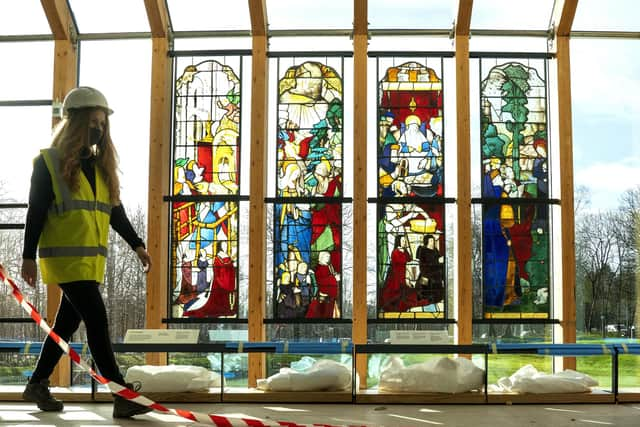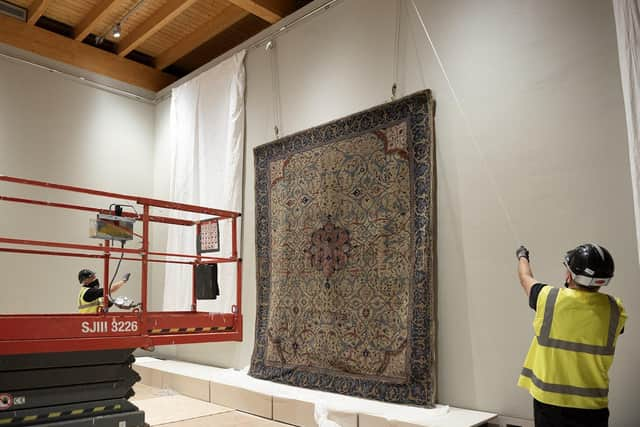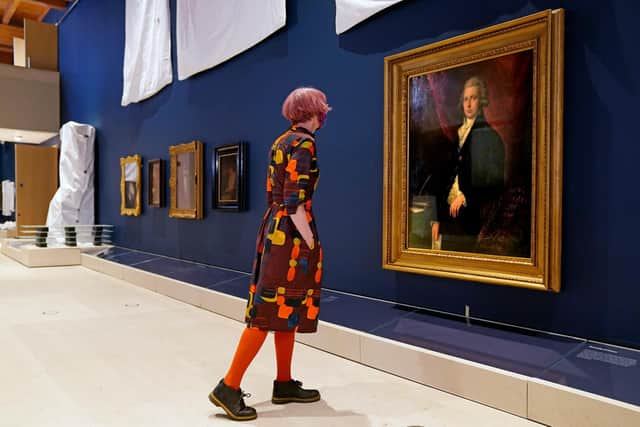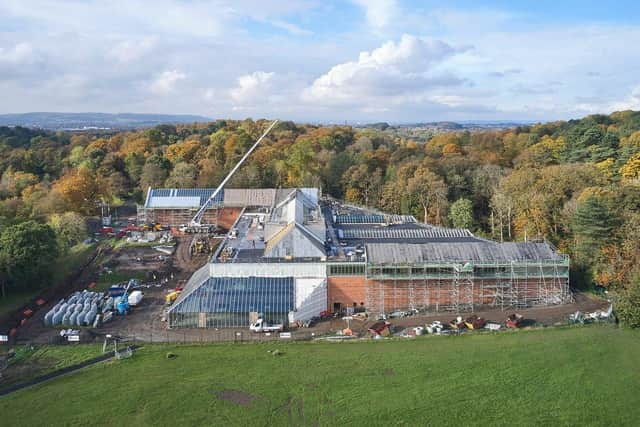Glasgow’s priceless Burrell Collection reopens to the public after £68m makeover
The collection’s home in Pollok Country Park has been transformed into a modern, more environmentally friendly museum able to show more of the items Sir William Burrell devoted decades of his life to amassing.
Professor Frances Fowle, senior trustee of Sir William Burrell Trust, hailed the almost £70m redevelopment as “an impressive undertaking that has delivered a spectacular home for this unique collection”.
“The refurbishment has surpassed all our expectations, establishing the Burrell Collection as one of the country’s most internationally significant, sustainable and inspiring museums that has something for everyone,” Prof Fowle said.


Sir William and his wife Constance spent more than 75 years gathering the items, and then gave one of the world’s greatest personal art collections to the public in 1944.
At the time of the donation Sir Hector Hetherington, the principal of Glasgow University, described it as “one of the greatest gifts ever made to any city in the world”.
Inside the newly refurbished building, the collection is home to the Wagner garden carpet, one of the earliest surviving Persian garden carpets in the world, a priceless object which until now was not on long-term display.
Other highlights include one of the most significant collections of Chinese art in Europe, paintings by renowned French artists including Manet, Cezanne and Degas, alongside medieval treasures including stained glass, arms and armour.


Sir Angus Grossart, of Burrell Renaissance, said that it “is wonderful that it will be enjoyed again by millions of visitors for immense quality, diversity and beauty”.
Nearly half of the funding for the £68.25 million project was committed by Glasgow City Council, with more than a quarter coming from the National Lottery Heritage Fund, and significant donations from the Scottish Government, the UK Government and many trusts and private donors.
The museum’s gallery space has increased by 35%, allowing unique objects from the collection, which have not been seen for decades, or have never been on permanent display, to be shown.
The new displays give visitors a better understanding of the international significance of the Burrell Collection’s artworks and the people who made them and some of the people who have owned them.


There will be 225 displays spread across 24 galleries.
Shipping magnate Sir William gifted the collection to Glasgow under strict conditions, including the stipulation that it should be housed at least 16 miles from the city centre to avoid the effects of pollution and poor air quality and where people could appreciate the art in a countryside setting.
The decision over its location sparked heated debate at Glasgow City Council meetings, with an administration at the time massively dominated by Labour members wrangling over the chosen site which lies just over five miles from the City Chambers.
In order to ensure Sir William’s wishes were largely met, free buses were laid on for the masses to allow them to travel to the south side of the city to see the vast collection in its new home.

